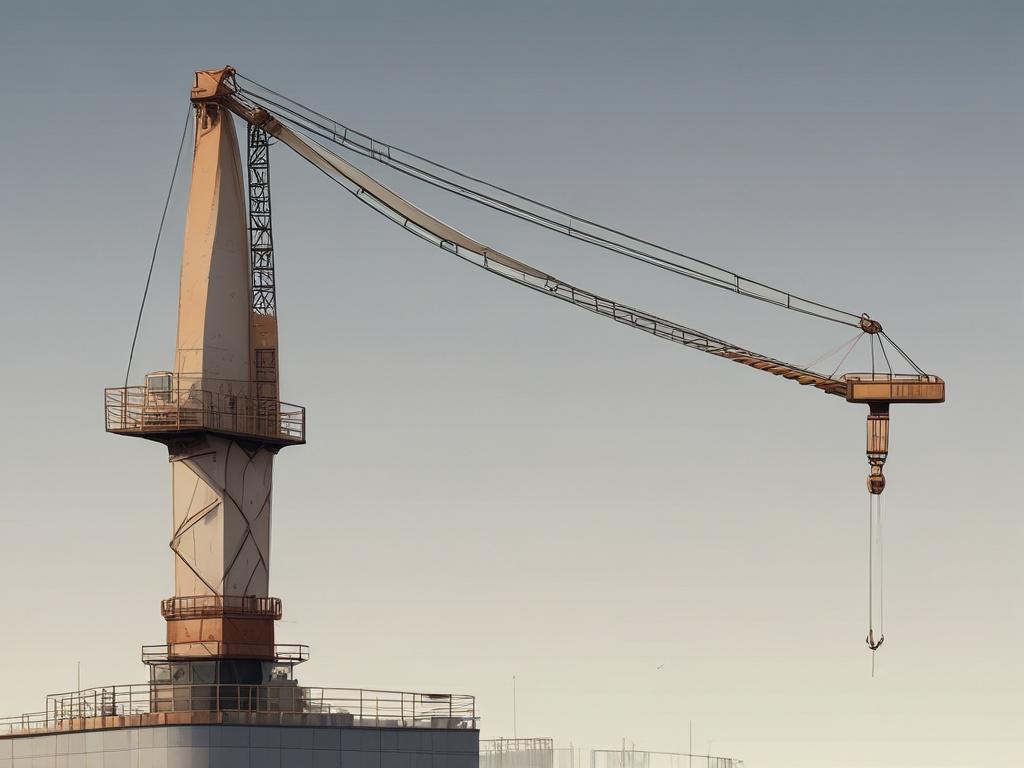
Installing and maintaining a crane involves various technical considerations, and even minor oversights can lead to significant safety issues and costly repairs. As industries increasingly rely on cranes for heavy lifting, understanding standard crane installation and maintenance mistakes has never been more critical.
This blog post will help you navigate the complexities of crane setup and upkeep by highlighting frequent errors and providing practical solutions to avoid them.
When it comes to crane installation and maintenance, many operators and riggers often overlook critical aspects that can lead to operational inefficiencies and safety hazards. One of the most common mistakes is failing to provide proper training for the personnel involved in the installation process. Without adequate knowledge of crane specifications, safety protocols, and installation guidelines, workers may misinterpret instructions or use improper techniques, jeopardizing the installation and future operations. Additionally, neglecting to conduct thorough site assessments before installation can result in unexpected challenges, such as unsuitable ground conditions or inadequate space for safe crane operation.
Another frequent pitfall occurs when operators prioritize speed over precision during crane setup and maintenance. Rushing through installation can lead to improper assembly, overlooked safety checks, and even faulty connections, which increases the likelihood of mechanical failures during operation. Maintenance is equally critical; skipping routine inspections or inadequately addressing wear and tear can result in equipment breakdowns, operational delays, and increased costs.
One of the most critical mistakes people make when installing a crane is neglecting to assess the installation site thoroughly. Failing to evaluate the ground conditions can lead to severe stability issues, resulting in accidents during operation. Ensure the ground is level, firm, and free of obstacles like overhead power lines or obstacles that may interfere with the crane's swing radius. In addition, not securing the crane properly can create a risk of tipping over. Proper anchoring and stabilization are essential for safe operation and should never be overlooked.
Another common error occurs when operators do not follow the manufacturer's specifications for assembly and configuration. Each crane model comes with specific guidelines to ensure safe and efficient use. Skipping steps or improvising components can lead to improper setup and unforeseen mechanical failures. Additionally, failing to conduct a pre-operational inspection before the first lift is a significant oversight. Conducting a thorough inspection allows operators to identify and correct potential issues before they escalate, ensuring safety and operational efficiency.
Regularly scheduled inspections and maintenance routines are critical to maintaining cranes effectively and avoiding installation pitfalls. Establish a systematic checklist that includes daily, weekly, and monthly tasks to keep the crane in optimal working condition. Ensure that qualified personnel conduct these inspections, focusing on the mechanical components and safety features such as emergency brakes and alert systems. Document each inspection to track performance over time and address any identified issues promptly. This proactive approach prevents minor problems from becoming significant, costly repairs, ultimately safeguarding both the equipment and the operators.
In addition, training is essential in both installation and ongoing maintenance. Provide comprehensive training for all personnel involved in crane operations, covering proper usage, safety protocols, and specific installation procedures. Use hands-on sessions to reinforce theoretical knowledge and encourage regular refresher courses to keep skills sharp. Further, fostering a safety culture and open communication among staff can help identify potential installation errors early on.
When you need expert advice on the delivery and installation of the highest-quality cranes and crane replacement parts, contact T&M Cranes. We can’t wait to hear from you!